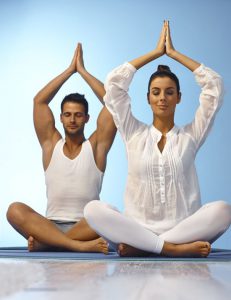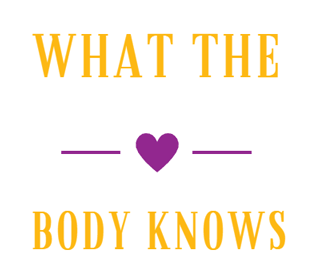Did you ever see in yourself, or another, a fear of power? Power has such negative connotations: anger, rage, aggression, controlling, authoritarian. Yet when we are genuinely powerful we are confident, both in our abilities and in our interpersonal relationships; we feel in control of the world around us, our lives and we are more in control of our emotional state. We have high levels of self esteem, we can be spontaneous, we are assertive: we are resilient.
Our fear of our own power stops us from owning our power. When we own our power we are more able to own our vulnerability. We can drop the mask and be fully ourselves. We can both give and receive, we can please ourselves instead of just pleasing others all the time. When we own our power we have healthy boundaries: we can say ‘no!’ so that others cannot transgress our boundaries and bully, abuse or manipulate us.
High self esteem, healthy boundaries, a strong sense of self are dependent on our relationship with anger. Anger is another word that often comes with negative associations. We think of anger as bad: as aggression, violence, explosive rage. We may have picked up messages about anger from seeing too much – violence or aggression or fighting (lack of protection) – or from parents who did not approve of anger, whether that be the child’s (lack of support or acceptance) or their own (we don’t do anger in our family). Whatever the reason, we learn to be ashamed or fearful of our own anger, or believe ‘I just don’t do anger’. Yet anger is a healthy emotion. Healthy anger defends self against threat, physical or metaphorical; it enables the child to set healthy boundaries of self and another. Anger is key in helping us to become an individual, autonomous self; differentiated from the ‘other’.
So our fear of our power is related to our fear of our anger. As Ms Williamson says, it is a fear of limits. Not a fear that we are inadequate, perhaps more a fear that we are limitless. Perhaps we were too ‘limited’ in childhood, there was too much control or restraint, too many rules or expectations. Perhaps we didn’t have enough limits, perhaps our boundaries were too loose and we ‘got away with murder’. The tiny container of the child, needs the larger container of the adult to teach him or her limits. Imagine a 2 year old (the terrible two’s) having a raging temper tantrum, and a mother who is ‘powerful’ enough to hold the child in her embrace or gaze, to be with him in his anger, until he calms down. This ‘good enough’ mother in that moment, is teaching the child many important things: that anger is ok, it can be contained, it is not limitless; that he is ok, his anger can be allowed, he can express himself; she is teaching him to own his power. Just one example.
Our lack of power, our low self esteem stems from not having our basic needs met as children. Whether physical or symbolic, our basic needs are for nurture, support, protection, place, and limits. There are many examples, for many of us, where parents didn’t adequately provide for these needs. There’s no such thing as an ideal parent, it’s simply not achievable. It’s never about blame, parents do the best they can. Human development is unique in that we spend at least 20 per cent of our childhood dependent on others to meet our basic needs (versus around 1-3 per cent in the animal kingdom). It’s our responsibility, as adults, to change that, to take control. By becoming aware of our lack of resilience, of where we aren’t yet owning our power, we can begin to understand what we need to do to heal and become more fully ourself.

 There once was an old farmer, who lived in a remote region of the mainland, where the terrain is rough and the villagers manage to eek out a meagre existence only through hard work and the grace of God. One day someone left the gate open on the farmer’s pasture, and his only horse ran away. Now this was a very grave situation, indeed, as in these parts it is said that one horse is worth ten sons or the earnings of a lifetime. The villagers, hearing of this great loss, came to console the farmer. With pity in their eyes of those who are glad it did not happen to them, the villagers shook their heads and moaned in unison that the running off of a horse is a terrible thing. The farmer, who was very wise, accepted their consolations, and shaking his head, muttered calmly, “We’ll just wait and see.”
There once was an old farmer, who lived in a remote region of the mainland, where the terrain is rough and the villagers manage to eek out a meagre existence only through hard work and the grace of God. One day someone left the gate open on the farmer’s pasture, and his only horse ran away. Now this was a very grave situation, indeed, as in these parts it is said that one horse is worth ten sons or the earnings of a lifetime. The villagers, hearing of this great loss, came to console the farmer. With pity in their eyes of those who are glad it did not happen to them, the villagers shook their heads and moaned in unison that the running off of a horse is a terrible thing. The farmer, who was very wise, accepted their consolations, and shaking his head, muttered calmly, “We’ll just wait and see.”
